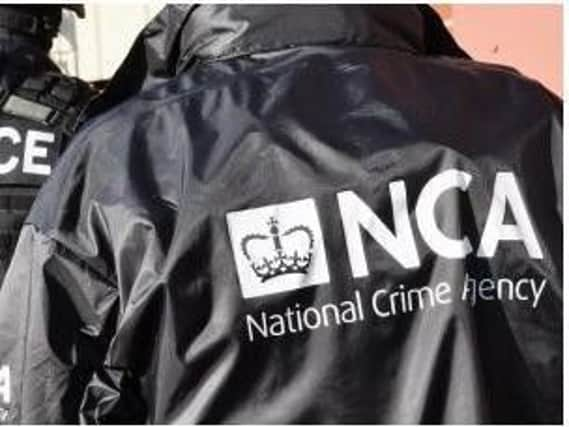Child trafficking and modern slavery cases reported in Calderdale


The National Referral Mechanism end of year summary shows that in 2017 5145 potential victims were referred into the system, up from 3804 in 2016.
Calderdale Council reported five cases involving minors to the authorities who could be potential victims of trafficking and modern slavery.
Advertisement
Hide AdAdvertisement
Hide AdFor the first time British citizens were the largest nationality recorded in the figures, up from 326 in 2016 to 819 in 2017.
The increase in British numbers is largely down to an increase in minors being referred into the NRM as suspected victims of labour or sexual exploitation, up 66 per cent. This increase is due in part to a rise in ‘County Lines’ gang exploitation referrals, where minors had been exploited by criminals involved in drug supply. These are recorded in the labour exploitation category.
NCA Director Will Kerr said: “It is our assessment that the increase we are seeing here is driven by an increased awareness and greater reporting of modern slavery and that is to be welcomed.
“However, it also adds further evidence to our view that the figures almost certainly represent an underestimate of the true scale of slavery and trafficking in the UK.”
Advertisement
Hide AdAdvertisement
Hide AdThose referred as victims of modern slavery and human trafficking (MSHT) came from 116 different nationalities, with UK, Albanian and Vietnamese nationals remaining the most commonly reported victims.
The majority (4715) were referred to English police forces for crime recording purposes, with 207 referred in Scotland, 193 in Wales and 31 in Northern Ireland.
The National Referral Mechanism is a framework for identifying victims of modern slavery or human trafficking and ensuring they receive the appropriate support. It is also the mechanism through which the NCA collects data about victims, helping to build a clearer picture about the scope of the threat.
Under the existing NRM process potential victims are referred by ‘first responders’, including police, public bodies and a number of specified NGOs to one of two competent authorities, the NCA’s Modern Slavery and Human Trafficking Unit for EEA nationals, and the Home Office for non-EEA cases, to make a decision about their status. Not all individuals referred to the NRM will ultimately be assessed to be modern slavery victims.
Advertisement
Hide AdAdvertisement
Hide AdThe Minister for Crime, Safeguarding and Vulnerability, Victoria Atkins said: “Modern slavery and trafficking are despicable crimes which see some of the most vulnerable people in society targeted by ruthless predators.“This Government is leading the world in our response to this horrendous crime – through the Modern Slavery Act 2015 giving law enforcement the powers they need to pursue offenders and working to bring this issue out of the shadows and increase awareness among police, front line workers and the general public. “These figures show that more potential victims are being identified and protected thanks to a greater awareness and improved understanding of modern slavery.
"We are also beginning to see the operational results of the renewed focus on modern slavery, with over 600 live police operations underway, and the first conviction of county lines gang members under the Modern Slavery Act.
"But we know there is more to do, and we are working to improve the system for identifying victims and supporting them to leave situations of exploitation and begin to recover and rebuild their lives.”